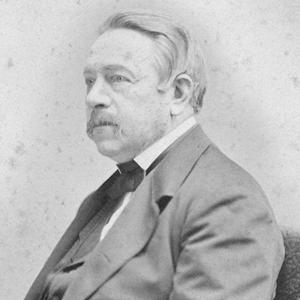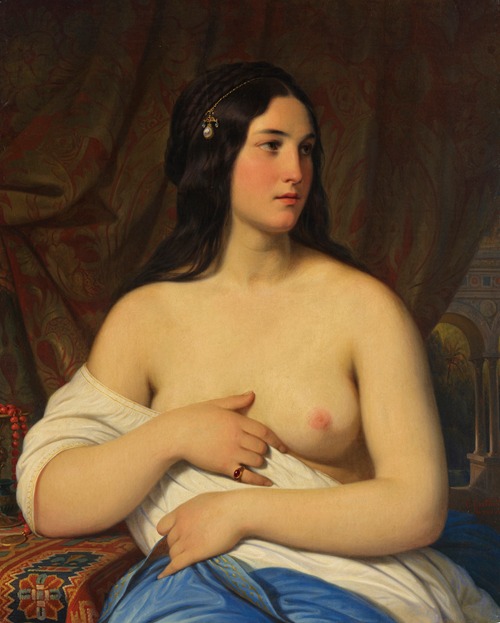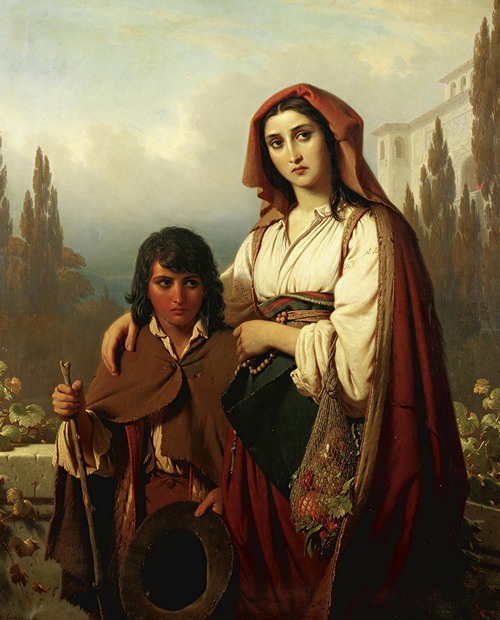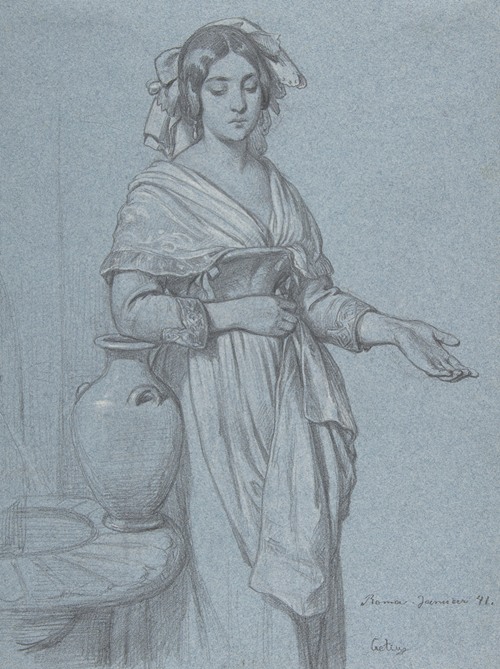

Konstantin Johann Franz Cretius was a genre, history and portrait painter as well as a professor and full member of the Berlin Academy.
Cretius, a son of the accountant Gotthelf Fürchtegott Traugott Cretius, was afflicted with a serious illness as a boy, but was able to color pictures, which awakened his inclination to art. In 1833 he managed to get into the academy in Berlin and to train under Karl Wilhelm Wach in such a way that he was able to exhibit two very famous paintings as early as 1836 – The Knight and His Lover and Richard the Lionheart. In 1838, Certius received the Grand State Prize of the Prussian Academy of Arts when he began his study trip in September of the same year, which included a three-year stay in southern Europe. After a few paintings, he obtained a travel grant and went via Brussels and Paris to Italy, which he hiked through to Palermo. In Rome in 1842 several excellent genre pictures from the local people's life were created:
Returning to Berlin, he painted The Resurrection of Christ , an altarpiece for Freistadt in Silesia.
In 1846, King Frederick William IV sent him to Constantinople to portray the Sultan Abd ul Meschid, who rewarded him with the Nishan Iftikhar Order.
He also satisfactorily solved the task of decorating the Sonnenburg Castle of the Order of St. John with three pictures from the history of this order.
He married Johanna Crüsemann (1826–1878) in Berlin on May 25, 1848. The marriage resulted in the later Prussian Generalleutnant Richard von Cretius (1849-1925), who married Marie Crüsemann (1854-1915) on April 13, 1874 and was raised to the hereditary Prussian nobility on September 2, 1901.



